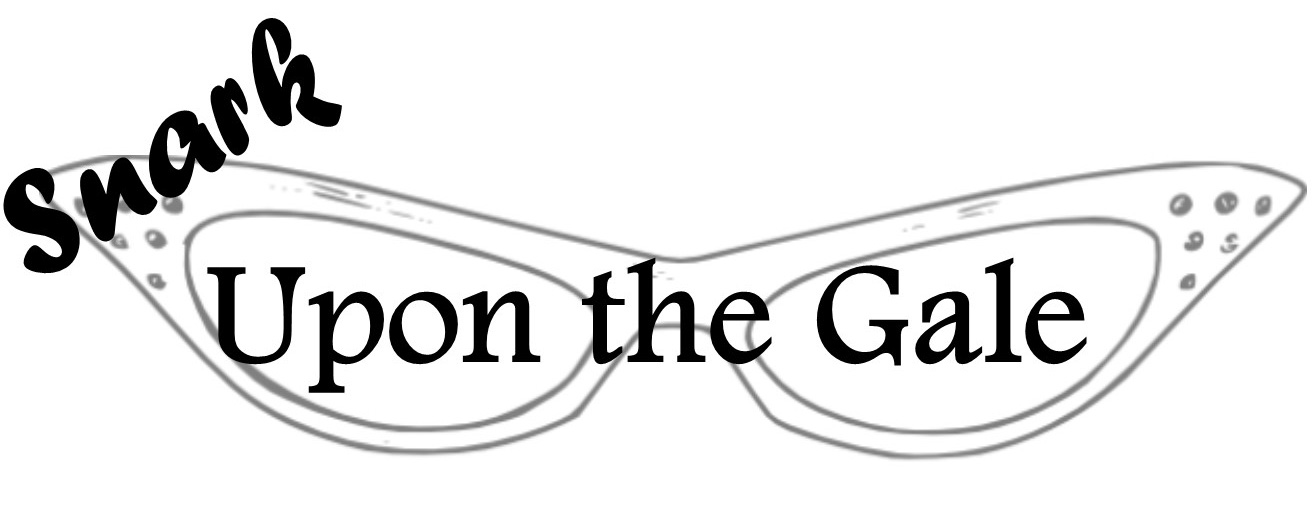I love music, as most decent people do. I can easily say that I can’t live without it; a good amount of my time is spent listening to music on the go (or when I’m stationary), at concerts or anxiously internet stalking my favorite bands/artists to see when they will tour and how I can get to shows in my area. My musical interests span all genres, but I most frequently attend indie pop/alternative concerts because they are cheapest and most accessible to me. Although concert-going is one of my favorite hobbies, navigating the indie music realm as a black woman can often be stressful and alienating.
Pitchfork magazine recently released an article on their website called “The Unbearable Whiteness of Indie,” and it echoed the sentiments and feelings of many people of color who enjoy indie music, including me myself. However, the article’s author, Sarah Sahim, received backlash from white music fans and artists alike over her honest and necessary critique of the indie scene. Belle & Sebastian’s Stuart Murdoch took personal offense to the article, in which his band was mentioned several times, and he harassed Sahim on Twitter because he refused to understand how his whiteness contributes to his band’s appeal and the exposure they get. So this is the kind of thing we’re up against.
It is not surprising that white supremacy permeates even the movements that are supposed to be “counterculture” or “underground” and whose main point is to deviate from the mainstream. If the music or image does not suit the white gaze, it doesn’t get put out there. However, it’s perfectly acceptable for white artists to use non-white influences, and in turn they are heralded as being original or quirky. A good example Sahim gave in her article was Vampire Weekend’s co-optation of African beats and instrumentation that they describe as “Upper East Side Soweto.” A black artist doing the same style of music would have a much harder time getting attention and exposure, because whiteness holds appeal and is thus always appreciated, even when the root work belongs to another culture.
People of color are used to being underrepresented in media, so I’m used to putting in extra time and energy trying to find new non-white indie artists to listen to. The concert-going experience is usually much more frustrating and uncomfortable for me. Regardless of the ethnicity/race of the indie band I see live, usually most of the people in the audience are white. “Most of the people are white” means that I can always count on one hand the number of non-white, specifically black, people at these shows. It’s pretty amazing how delegitimized people can make you feel with a single look, as if I have to prove I’m an actual fan of whoever I’m seeing because I’m black, and black people are only supposed to like rap music, apparently. I have also met amazing people at concerts who I am still friends with to this day, but the bulk of my experience consists of me (alone, usually) uncomfortably shifting under the gaze of white people who don’t even bother to hide their looks of surprise and vague disapproval. I mean come on, everyone knows how we indie types can be. I’ve even gotten incredulous interrogations about how many songs I know by X artist and how many other bands I have seen live. A dot of blackness in a sea of white is always a spectacle, I assure you.
I didn’t write this to make you feel bad about liking white indie artists. I like a lot of white indie artists. Some of my best friends are white indie artists. The point is that the indie scene, like most spaces, does not do justice to everyone, and is not safe for everyone. My hope is that we can begin the deconstruction of indie as a “white genre,” and open our ears and minds to creativity that doesn’t fit the white mold. Here are some recommendations for non-white indie artists who have a great sound but don’t get so much exposure: Toro Y Moi, Twin Shadow, Lianne La Havas, Stromae, Santigold and Neon Indian.





































